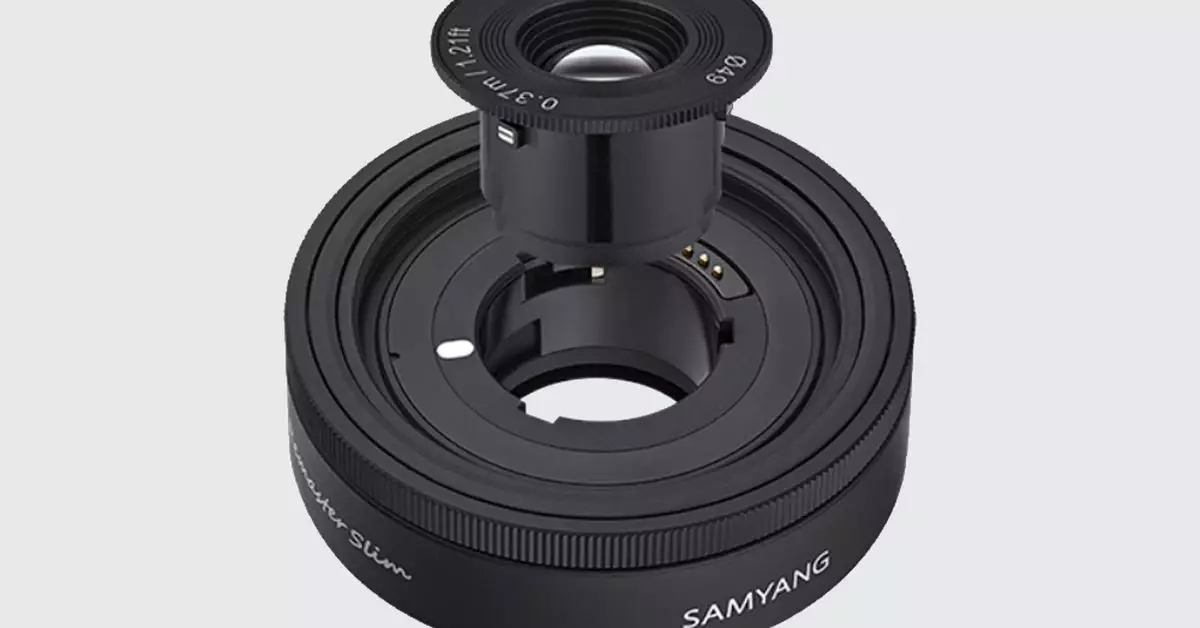Samyang has introduced a unique concept with its Remaster Slim autofocus lens, allowing photographers to adjust the focal length by simply swapping out optical elements within the lens. This innovation aims to simplify the process of changing lenses and reduce the bulk of carrying multiple prime lenses. The lens measures just 0.8 inches thick, making it a compact and lightweight option for photographers on the go.
One of the key advantages of prime lenses, including the Remaster Slim, is their simpler design which typically results in sharper images and a shallower depth of field. This can lead to stunning visual effects in photography, enhancing the overall quality of the images captured. Additionally, prime lenses are known for their superior optical performance compared to zoom lenses.
While the Remaster Slim offers the convenience of changing focal lengths without swapping entire lenses, there are tradeoffs to consider. The need to physically move closer or further away from subjects to frame shots may limit the flexibility of the lens in certain shooting scenarios. Additionally, using multiple optical elements within a single lens may affect the overall image quality and sharpness.
It is important to note that Samyang’s Remaster Slim lens is only compatible with Sony’s E-mount system, limiting its use for photographers using other camera brands. The lens was available for preorder in South Korea at a price of 308,000 won, or approximately $229 USD, before quickly selling out. Shipping is set to begin in early September, with wider availability expected in South Korea by early October. However, availability in other markets has not yet been announced.
While the innovative design of Samyang’s Remaster Slim autofocus lens offers a new approach to focal length adjustment in prime lenses, photographers should carefully consider the tradeoffs before making a purchase. The lens may provide a compact and lightweight solution for those looking to minimize the number of lenses they carry, but it is essential to assess whether the potential impact on image quality and flexibility aligns with individual photography needs and preferences.


Leave a Reply